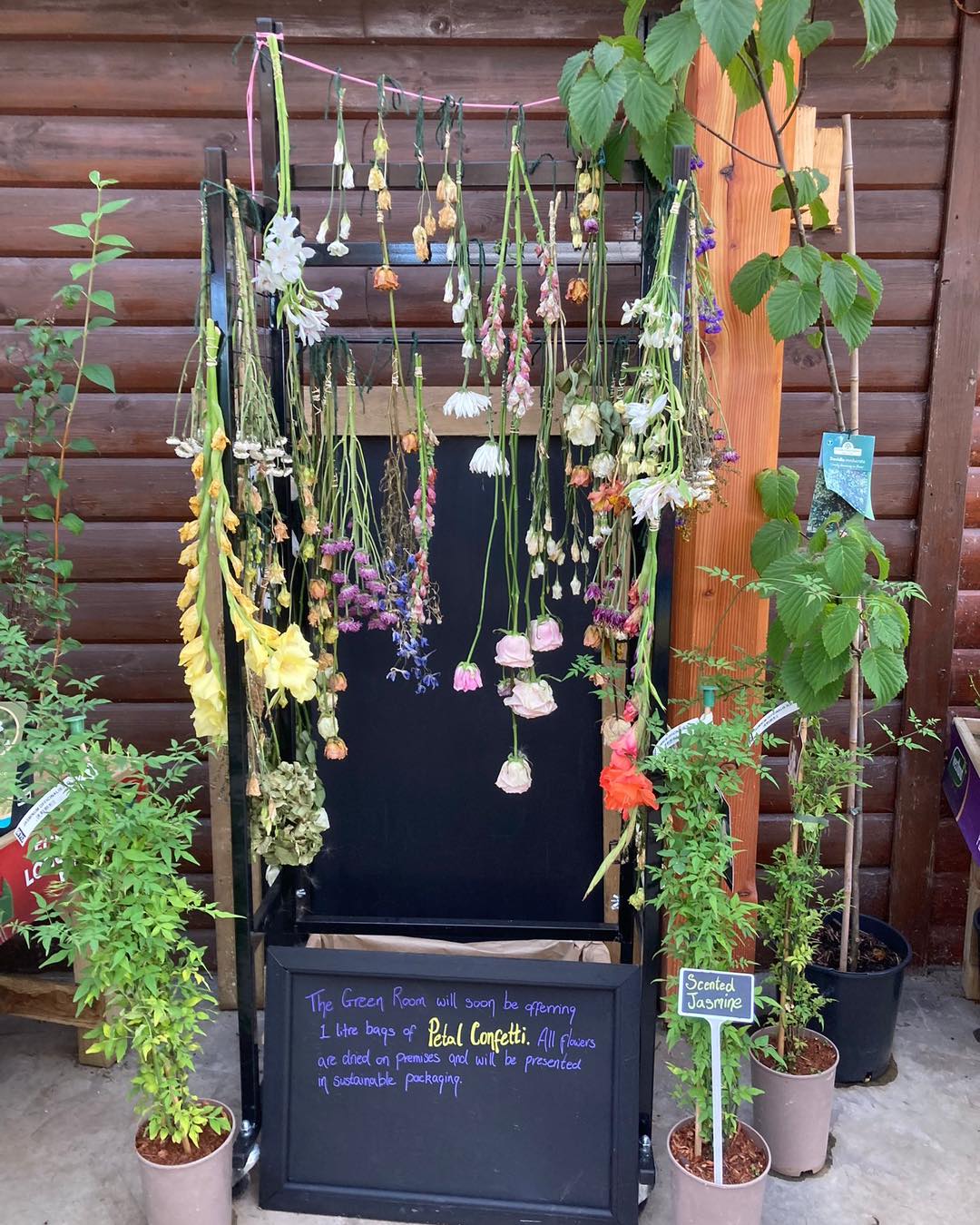
With the setting back of the clocks, the colder, darker days are beginning to set in. But with the proper care and attention, you can ensure your houseplants thrive even as daylight becomes scarcer.
The Horticultural Trades Association (HTA) and Tropical Plants UK have shared their top tips for caring for your houseplants during the winter months.
Watering: less is more
When it comes to watering your houseplants, ‘less is more’ is a good rule of thumb at any time, and even more so in the last few months of the year, when overwatering can easily lead to root rot and other issues. Plants take up as much oxygen by their roots as they do by their leaves, but the shorter days naturally mean a reduction in the amount of light available to them. Giving your houseplant a moderate amount of water and allowing its compost to dry between waterings will promote root growth, which can be affected by the dark winter days.
Make your water wetter
In most cases your plant will tell you when it needs water – it may go from a vibrant green to a green-grey colour, or start to wither, or the stem might tilt in one direction. Just a small amount of tepid water – that’s ideally been boiled and then allowed to cool to about 20 degrees Celsius – should restore your houseplant to full health. And adding just one or two drops of washing up liquid will make your water ‘wetter’ and mean you need only use about half the amount.
Floral compass
You might be able to put your plant near a window and hope for the best during the summer months, but in winter, it’s not so simple. You should be led by the direction of your windows: south-facing windows attract the most light and heat all year round, while those that are north-facing see the least amount of light. East- and west-facing windows fall somewhere in between, with those facing west producing slightly more light.
More often than not, when a plant loses its leaves during the winter, it’s because of a lack of light. Even those that enjoy some shade during brighter months – like a Monstera Deliciosa (also known as a Swiss cheese plant) or a Ficus – should be moved to south-facing windows in the winter.
Winter winners
If you’re thinking about adopting a new houseplant and wondering which types fare well in the winter, look no further than the tropical jungle. Dracaenas, Epipremnums (commonly known as Devil’s Ivy or Pothos), and Philodendrons are resilient all year round, but they especially thrive in the winter. That may seem strange, but it’s because they’re adept at surviving in very low light levels, with about 95% of sunlight being filtered out by the time it gets to the dark forest floor.
Contrary to popular belief, poinsettias – a flower synonymous with Christmas – require a lot of discipline to succeed in winter. They need as much light as they can possibly get during the daytime – preferably from a south-facing window – followed by 12-13 hours of darkness, continuously for a period of about 8 weeks, to achieve their iconic vivid red colour. Moving your poinsettia from the window to the table to use it as a centrepiece in the evenings could be an easy solution to this – just remember to put it back at its window the next morning.
Living feature
Placing your houseplant in a lightbox or under a spotlight could have the dual effect of exposing it to more light, while also making it a living feature in your home. During the festive period, adorn your houseplant with fairy lights and baubles for a less expensive, more sustainable alternative to a Christmas tree. Ficus Benjamina, Palms and Yuccas, which can grow up to six feet tall, are the perfect candidates for this.
*With thanks to the HTA









